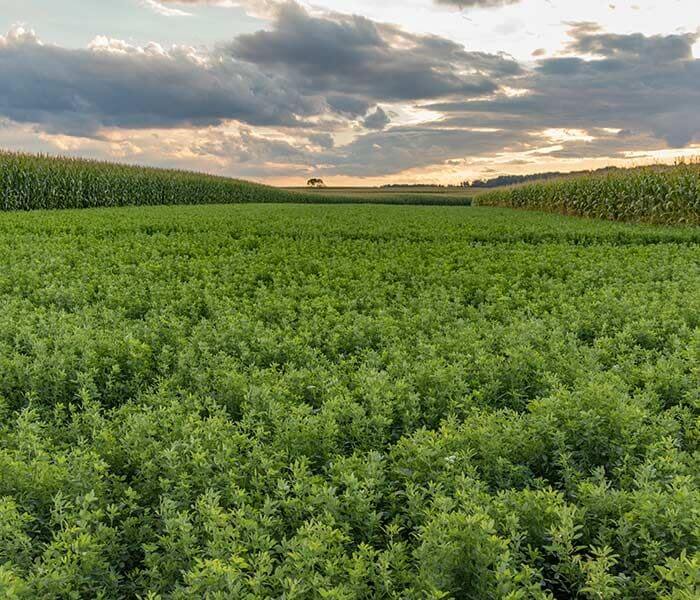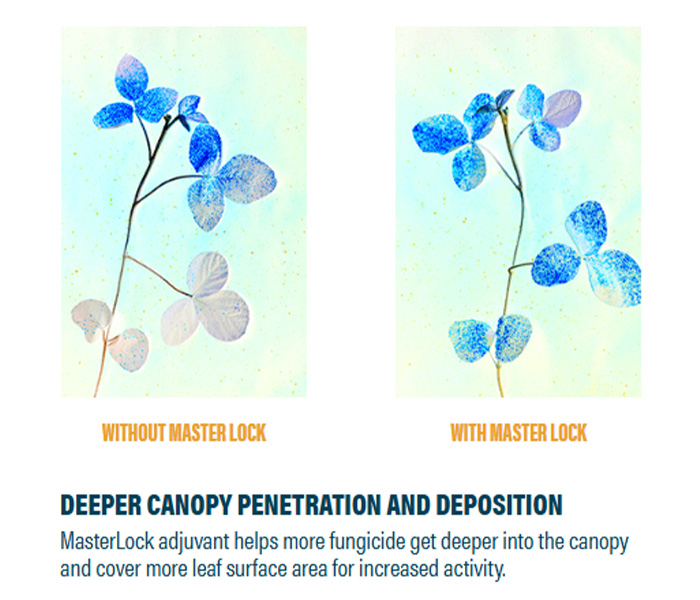Premier Co-op

Summer Alfalfa
If spring weather got in the way of planting your alfalfa, you're not out of luck yet. Summer seeding is still a solid option and it comes with some real advantages when done right....

In today’s high-stakes growing environment, every input matters—especially when it comes to crop protection. That’s why more growers are turning to MasterLock® adjuvant to get the most out of their fungicide and insecticide applications.
Precision Where It Counts
MasterLock is designed to improve spray deposition, reduce drift and evaporation, and enhance canopy penetration. That means more of your spray reaches the target area, resulting in better coverage and more effective pest and disease control.
“Growers are always looking for ways to make their applications more efficient,” says a crop protection specialist. “MasterLock helps ensure that what you spray actually stays where it’s needed.”
Technology That Works for You
Powered by InterLock® and DropTight™ additive technology, MasterLock enhances droplet sticking and spreading. This minimizes bounce-off and ensures better adhesion to plant surfaces—especially in dense canopies.
The result? Healthier crops, less waste, and more consistent protection.
Sustainable and Safe
MasterLock’s NPE-free, crop-based formula also supports sustainable farming practices. It’s a smart choice for growers who want to protect their crops and the environment.
Questions to Consider:
If you answered yes to any of these, it might be time to give MasterLock a closer look.
Take Action
Don’t let your spray go to waste. Talk to your local Premier Agronomist about how MasterLock can help you get more from every application.
This article was provided by Winfield United.